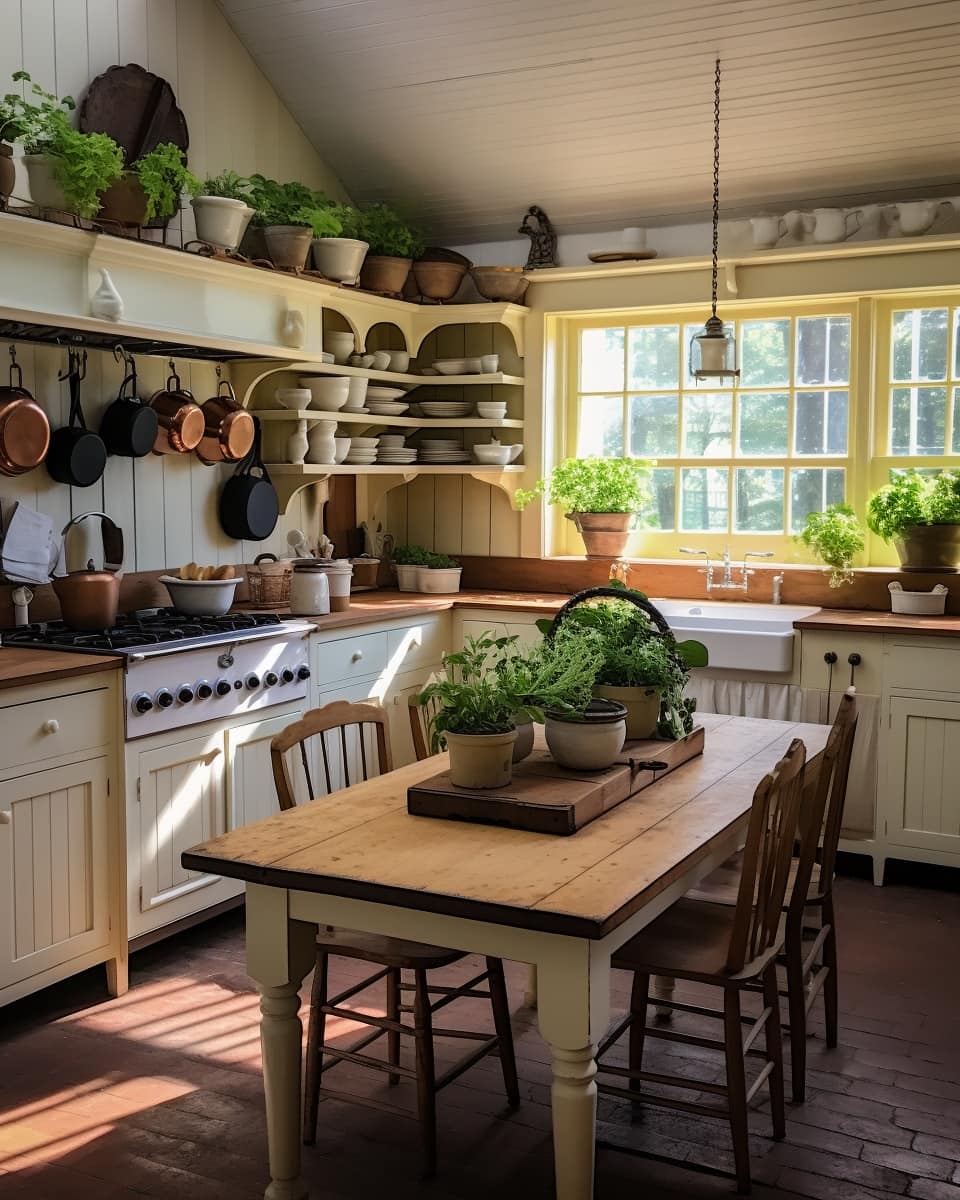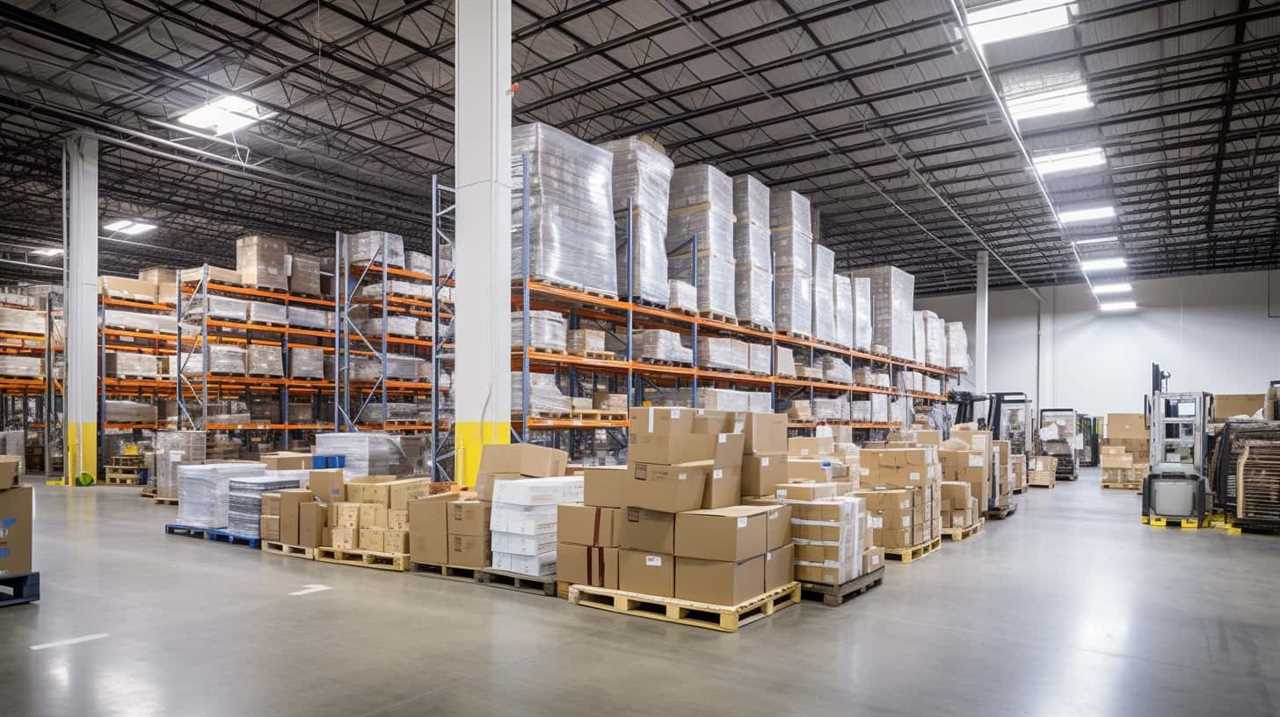We’ve all experienced that moment when we want to give our appliances a new and fresh appearance, but we are uncertain if using primer is necessary. But don’t worry!
In this article, we’ll dive into the world of Rustoleum Appliance Epoxy and answer the burning question: Does it need primer?
We’ll explore the benefits of using primer, proper surface preparation techniques, and the adhesion and durability of this product.
Get ready to master the art of appliance transformation with Rustoleum Appliance Epoxy!

Key Takeaways
- Rustoleum Appliance Epoxy provides a durable and long-lasting finish.
- Primer enhances the adhesion of the paint and improves color accuracy of the final coat.
- Thorough surface preparation, including cleaning and sanding, is crucial for optimal adhesion.
- Proper application techniques, such as applying thin coats and allowing sufficient drying time, maximize the durability of the epoxy.
Understanding Rustoleum Appliance Epoxy
Understanding Rustoleum Appliance Epoxy involves researching its application process and durability. This epoxy coating offers several advantages that make it a popular choice for appliance refinishing.
First, it provides a durable and long-lasting finish that can withstand daily wear and tear. Additionally, it offers excellent adhesion to various surfaces, ensuring a smooth and even application. Rustoleum Appliance Epoxy is also resistant to stains, chemicals, and water, making it ideal for use in kitchens and bathrooms.
To ensure the best results when applying this epoxy coating, it’s important to follow some best practices. These include properly preparing the surface by cleaning and sanding it, using a high-quality brush or roller for application, and allowing sufficient drying time between coats.
Benefits of Using Primer
Using a primer before applying Rustoleum Appliance Epoxy brings several benefits.

Firstly, it enhances the adhesion of the paint, ensuring it sticks firmly to the surface and reduces the risk of peeling or chipping.
Secondly, primer helps to improve color accuracy, allowing the final coat of epoxy to look more vibrant and consistent.
Enhances Paint Adhesion
Primer significantly improves the adhesion of paint to the surface. Applying a primer before painting creates a strong bond between the paint and the surface, enhancing adhesion and ensuring better long-term performance. Primer acts as a foundation, providing a smooth and uniform surface for the paint to adhere to. It helps seal porous surfaces, preventing the paint from soaking in and resulting in a more even finish.
Additionally, primer promotes better coverage, allowing the paint to adhere more effectively and reducing the number of coats required. By using primer, you can enhance the adhesion of paint and achieve a more durable and professional-looking finish.

Improves Color Accuracy
How does using primer improve the accuracy of colors when applying Rustoleum Appliance Epoxy?
Using primer before applying Rustoleum Appliance Epoxy can significantly enhance the color accuracy of the final result.
Primer acts as a base coat that creates a smooth and uniform surface, allowing the epoxy to adhere better and distribute more evenly.
This improved adhesion prevents color variations and ensures consistent color application.

Additionally, primer fills in any imperfections or unevenness on the surface, creating a more uniform canvas for the epoxy paint.
By providing a solid foundation, primer also improves durability, helping the epoxy paint to withstand daily wear and tear.
To achieve the best color accuracy and durability, it’s important to follow proper application techniques, including thorough surface cleaning, priming, and precise mixing and application of the Rustoleum Appliance Epoxy.
Proper Surface Preparation
When it comes to preparing the surface before applying Rustoleum Appliance Epoxy, there are a few key points to keep in mind.

First and foremost, thorough cleaning is essential to remove any dirt, grease, or other contaminants that could interfere with adhesion.
Additionally, proper sanding techniques should be employed to create a rough surface for the epoxy to adhere to.
Lastly, applying an adhesion promoter can further enhance the bond between the substrate and the epoxy coating.
Following these steps will ensure a properly prepared surface for successful application of Rustoleum Appliance Epoxy.

Importance of Cleaning
To ensure optimal adhesion and durability of Rustoleum Appliance Epoxy, it’s crucial for us to thoroughly clean and prepare the surface before applying the product. Proper surface preparation is essential to create a clean, smooth, and receptive base for the epoxy coating.
Before starting, remove any dirt, grease, oil, or other contaminants from the surface using suitable cleaning techniques. This can include using a degreaser or a mild detergent solution, followed by rinsing and drying the surface thoroughly.
Additionally, it’s important to remove any loose or flaking paint or rust using appropriate tools. By meticulously cleaning the surface, we can ensure that the Rustoleum Appliance Epoxy adheres properly and provides long-lasting protection.
Now, let’s move on to discussing the necessary sanding techniques for achieving an even smoother surface.

Necessary Sanding Techniques
After thoroughly cleaning the surface, we can enhance the adhesion and smoothness of the surface by employing necessary sanding techniques. Sanding is a crucial step in surface preparation before applying Rustoleum Appliance Epoxy.
There are two main types of sanding techniques: wet sanding and dry sanding. Wet sanding involves using water or a lubricant to reduce friction and prevent the sandpaper from clogging. This method is particularly effective for removing imperfections and achieving a smooth finish.
Dry sanding, on the other hand, involves using sandpaper without any liquid or lubricant. It’s commonly used for rougher surfaces or when a more aggressive approach is required.
Both techniques have their advantages and should be chosen based on the condition of the surface and the desired outcome.

Applying Adhesion Promoter
We can improve adhesion and prepare the surface properly by applying an adhesion promoter. Here are three key techniques and alternatives for applying adhesion promoter:
- Clean the surface thoroughly: Before applying the adhesion promoter, it’s crucial to ensure that the surface is clean and free from any dirt, grease, or contaminants. Use a suitable cleaning solution and a lint-free cloth to remove any residue.
- Apply the adhesion promoter evenly: Use a clean brush, sponge, or spray gun to apply the adhesion promoter evenly over the surface. Make sure to follow the manufacturer’s instructions regarding the proper application technique and drying time.
- Consider alternative adhesion promoter options: While there are specific adhesion promoters available in the market, you can also consider alternatives like sanding the surface lightly or using a bonding primer to enhance adhesion.
By properly applying the adhesion promoter and following these techniques, you can ensure better adhesion and durability for your Rustoleum Appliance Epoxy.
Now, let’s explore the importance of adhesion and durability in the next section.
Adhesion and Durability
One important factor to consider when using Rustoleum Appliance Epoxy is its adhesion and durability. Proper surface preparation is key to achieving good paint adhesion and ensuring long-lasting results.

Before applying Rustoleum Appliance Epoxy, it’s crucial to thoroughly clean the surface to remove any dirt, grease, or loose paint. This can be done using a degreaser or a mild detergent. Additionally, sanding the surface lightly with fine-grit sandpaper can help promote better adhesion.
Once the surface is clean and smooth, the Rustoleum Appliance Epoxy can be applied according to the manufacturer’s instructions. The epoxy paint should be allowed to dry and cure properly to maximize its durability.
Following these steps will help ensure that the Rustoleum Appliance Epoxy adheres well to the surface and provides a durable finish.
Coverage and Application Tips
To ensure optimal coverage and application of Rustoleum Appliance Epoxy, it’s important to follow these helpful tips:

- Proper surface preparation: Before applying the epoxy, make sure the surface is clean, dry, and free from dust, grease, and other contaminants. Use a degreaser or detergent to remove any residue and sand the surface lightly to create a rough texture for better adhesion.
- Use the right application techniques: Apply the epoxy in thin, even coats using a high-quality brush or roller. Avoid applying the epoxy too thickly, as it may result in uneven coverage and longer drying time. It’s recommended to apply multiple thin coats rather than one thick coat for a smoother finish.
- Allow sufficient drying time: Rustoleum Appliance Epoxy typically dries to touch within 2 hours and can be recoated after 24 hours. However, to ensure optimal results and durability, it’s advisable to wait at least 72 hours before subjecting the surface to heavy use or cleaning.
Testimonials and User Experiences
After following the proper surface preparation and application techniques, our team experienced excellent results with Rustoleum Appliance Epoxy. The testimonials and user experiences we gathered revealed a high level of satisfaction with the product.
Users praised its durability, adhesion, and ability to transform worn-out appliances into like-new condition. Many mentioned that the epoxy provided a smooth, even finish without the need for primer. They reported that the epoxy dried quickly and provided a long-lasting, hard surface that was resistant to chipping, peeling, and yellowing.
Users also appreciated the wide range of color options available, allowing them to customize their appliances to match their kitchen décor.
Common Misconceptions
While some may believe that Rustoleum Appliance Epoxy requires a primer, our team has found this to be a common misconception. Based on our research and expert recommendations, here are three common myths surrounding the use of primer with Rustoleum Appliance Epoxy:

- Myth: Primer is necessary for better adhesion. Contrary to popular belief, Rustoleum Appliance Epoxy is designed to adhere directly to the surface without the need for a primer. Its unique formulation allows it to bond securely to various materials, including metal and porcelain, ensuring a long-lasting finish.
- Myth: Primer improves durability. Rustoleum Appliance Epoxy is specifically formulated to provide exceptional durability and resistance to chipping, peeling, and yellowing. Applying a primer may not significantly enhance its durability and could even interfere with its intended performance.
- Myth: Primer ensures better color coverage. Rustoleum Appliance Epoxy is highly pigmented, providing excellent color coverage in just one or two coats. Using a primer is unnecessary and may lead to an uneven or blotchy appearance.
Conclusion and Final Thoughts
In wrapping up our discussion, we firmly believe that using Rustoleum Appliance Epoxy without primer is the most effective and efficient way to achieve a durable and flawless finish on various surfaces.
While primer plays a crucial role in paint adhesion by promoting better bonding between the surface and the topcoat, Rustoleum Appliance Epoxy is specially formulated to adhere to a wide range of surfaces without the need for a primer.
This epoxy coating is designed to provide excellent adhesion, durability, and resistance to moisture, chemicals, and heat. When comparing different types of epoxy coatings, Rustoleum Appliance Epoxy stands out for its exceptional performance and ease of use.
Its self-priming nature simplifies the painting process and ensures a long-lasting finish. Whether you’re refurbishing appliances, furniture, or other metal surfaces, Rustoleum Appliance Epoxy delivers professional-grade results without the added step of applying a separate primer.

Frequently Asked Questions
Can I Use Rustoleum Appliance Epoxy Without Using a Primer?
Using Rustoleum Appliance Epoxy without primer is not recommended. Applying a primer before using the epoxy offers several advantages, such as improved adhesion, durability, and smoother finish. It is best practice to always use a primer for optimal results.
How Long Does Rustoleum Appliance Epoxy Take to Dry?
To achieve a smooth finish with Rustoleum Appliance Epoxy, follow these tips: 1) Clean and prep the surface properly. 2) Apply thin, even coats. 3) Allow ample drying time, usually 24 hours.
Can Rustoleum Appliance Epoxy Be Used on Outdoor Appliances?
Rustoleum Appliance Epoxy, unlike regular epoxy, is not recommended for outdoor appliances. Its formulation is specifically designed for indoor use on appliances. The pros of using it indoors include durability and resistance to heat and moisture.
Does Rustoleum Appliance Epoxy Work on All Types of Surfaces?
Rustoleum Appliance Epoxy is compatible with various surfaces, including metal and porcelain. To achieve optimal results, it is recommended to clean and prepare the surface properly before applying the epoxy.

Is It Necessary to Sand the Surface Before Applying Rustoleum Appliance Epoxy?
Yes, sanding the surface before applying Rustoleum Appliance Epoxy is necessary for optimal adhesion. However, if you prefer an alternative to sanding, you can use a suitable primer for better results.
Do I Need to Use Primer Before Applying Rustoleum Appliance Epoxy on a Bathtub?
Yes, it is essential to use primer before applying Rustoleum appliance epoxy for bathtubs. The primer helps the epoxy adhere to the surface effectively, ensuring long-lasting and durable results. It also provides a smooth base for the epoxy to be applied evenly, creating a professional-looking finish.
Conclusion
In conclusion, using a primer with Rustoleum Appliance Epoxy is highly recommended for optimal results. Proper surface preparation, including priming, ensures better adhesion and durability of the epoxy coating.
Think of primer as the foundation of a house – without it, the paint may not adhere properly and could lead to peeling and chipping.
So, don’t skip this important step and enjoy a long-lasting and beautiful finish on your appliances.









